When each of my children were baptized, I bought them the picture book, The Tale of the Three Trees, a folktale retold by Angela Hunt. This beautiful story captures what I wanted my children to know and understand about their future role in God’s kingdom, to know they can be used of God in any situation. I inscribed each book with a personal note.
Last November, I had the privilege of meeting Dr. Angela Hunt in person at a ScrivCon writers conference in Hot Springs, Arkansas. I was able to tell her about using her books as gifts for my children on their baptism days.
But The Tale of Three Trees is only one of 150-plus books Angela has written and published over the past few decades. Books that include multiple genres. I’ve read several but haven’t even put a dent in this mountain of tomes.
Children’s books:
Biblical fiction:
- Esther, Royal Beauty
Contemporary fiction:
- Five Miles South of Peculiar
- The Debt
- The Novelist
Writing Lessons from the Front:
- The Secret to Hooking Readers: Tension on the Line
Recently, I read book number three of The Emissaries series:
- The Woman from Lydia—#1
- The Sisters of Corinth—#2
- The Daughter of Rome—#3
The Daughter of Rome takes places during the time of Nero’s reign (AD 54 – 68) in first century Rome, the great fire, and the end of Paul’s missionary journeys as depicted in Acts.
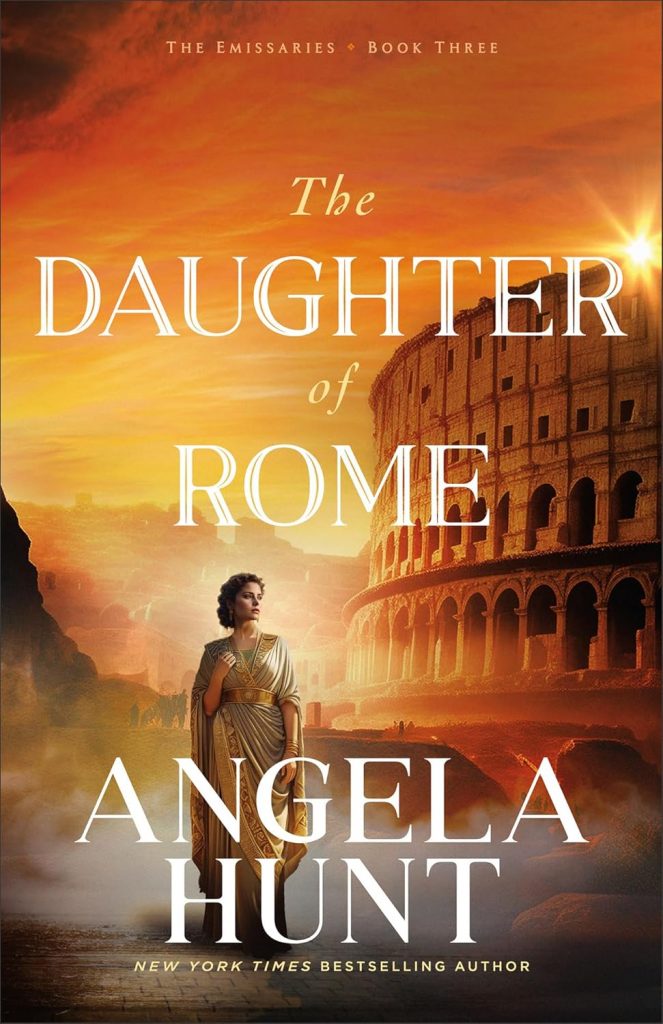
Blurb
In Nero’s Rome, Calandra helps her father, a renowned sculptor, complete the most significant commission of his illustrious career. But then a catastrophic fire nearly destroys the imperial city, leaving Calandra reliant on a group of Christians–unusual individuals unlike any she has encountered before. Intrigued by their worship of the Son of an invisible God, Calandra grapples with her mistrust, only to find herself indebted to these believers as they help her rebuild her shattered world.
When Emperor Nero begins constructing his opulent Golden House, the people of Rome grow resentful, suspecting him of starting the fire in order to clear the land for his immense palace. Needing a scapegoat, Nero points at those who follow the Jewish Messiah, forcing Calandra to make an impossible choice between right and wrong, friends and family, love and death.
*****************
My thoughts
The Daughter of Rome is an immersive journey into ancient Roman Empire culture and the early church in the throes of persecution.
The story primarily moves between Cassandra and Hadrian. Cassandra, daughter of a sculptor, longs to follow in her father’s footsteps rather than marry. After a local senator commissions a sculpture from him, the senator’s son Hadrian oversees their progress.
But numerous obstacles impede progress, including the infamous fire that ravages Rome. Calandra must depend on the help and mercy of Christians. Throughout the story, I felt like I had a front row seat at the fire and later at the Circus Maximus where Christians were persecuted for entertainment. This author captures the horrors of both. It definitely gave me renewed appreciation for the early church’s strong faith and martyrdom.
I loved the way Calandra experienced the Christians’ faith, and how Hadrian encountered it too, through Peter and other believers. Calandra’s faith journey from daughter of Rome to daughter of the Living God was believable and relatable—showing her struggles, confusion, and hesitancy along the way. Her character arc was meaningful, and her faith was not dependent on only “perfect” circumstances that validated God’s goodness.
I learned much about ancient Rome, Nero, the persecution of Christians, and sculpting. But relevant details were well integrated and never intrusive.
This novel reads fine as a standalone (book 3) but made me want to read the others. Be aware that this book is a spoiler for Books 1 & 2. Be sure to read the research notes and the Q & A at the end.
Join me for some Q & A with Angela Hunt.
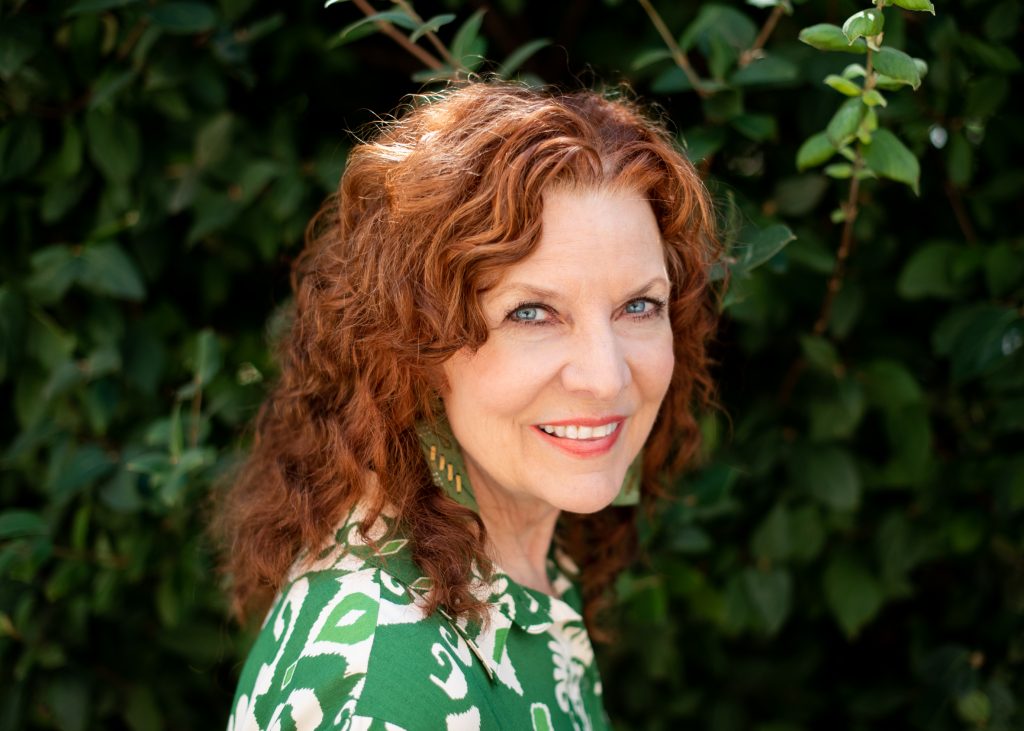
Questions about The Daughter of Rome
What was the inspiration for this story? How did you decide on the premise?
The time was set by the series—the three books moved forward chronologically, so I landed at the time of Nero—which happened to work well with my plot. The inspiration came from those great stories like THE SILVER CHALICE and THE ROBE, which I read as a child.
How did you develop your main characters Calandra and Hadrian—their personalities, backstories, character, problems, strengths, and weaknesses? Do they hijack the story or do you have full control?
Once I decided what their “occupations” were, their personalities were simple. Both of them are typically Roman—bound by duty and family and Rome. Hadrian is more open than Calandra, but he had dabbled in stoicism, so he was open to new beliefs, whereas Calandra was less so.
Did you have any concerns in portraying characters who were actual people from scripture, such as Peter, Paul, Priscilla, or Aquila?
Whenever I portray actual people, I glean as much information as I can from the historical record—in this case, from the Scriptures. I portray them as they were portrayed in Scripture, and often take their own words, paraphrase them, and have them say things I know they once said.
Which cultural details did you have to fill in with your imagination? Were there any scenes that were particularly challenging to write?
Not really—we have so much information about Ancient Rome—a wealth of information about their practices, values, laws, and customs. I simply had to write scenes where people experienced those things.
What are the challenges of writing from a male perspective? Do you prefer writing from a male or female point of view?
Men are much less verbal than women, so I try to keep the dialogue and interior monologue short. I am equally comfortable with both.
To write this story, you had to learn a lot about Rome, Nero, the fire, the persecution of Christians, and sculpting. What’s the most unusual thing you did or learned while researching for this story?
Probably the most unusual thing I learned—and one of the last things I learned—were the laws about marriage. Rome wanted its people to be married, so men had to marry by age 25, and women by age 21 (if memory serves), so I had to make my characters deal with that. If they chose to remain unmarried, they had to pay a tax.
Questions about writing
Which books and/or authors have most inspired you in your writing journey?
Goodness, I’ve been writing so long it’s hard to remember. But as a child I read JANE EYRE, GONE WITH THE WIND, and THE SILVER CHALICE, and those books made me love historical fiction.
You’ve written a lot of Biblical fiction. What concerns have you had about bringing Bible stories and characters to life on the page? How would you address criticism?
I consider “biblical fiction” historical fiction that simply happens to refer to or feature biblical characters. When people criticize it—usually by saying that we “shouldn’t add to scripture”—I point out that we’re NOT adding to scripture, we’re simply filling in the canvas so people can see what life must have been like in those days and for those characters. It is fiction, after all.
You’ve written dozens of books in many genres for various audiences and ages. Did you first brand yourself in one particular genre before branching out?
No. I have always written whatever interested me—I began in nonfiction and children’s books, and since then I’ve followed my interests and what my publishers wanted to publish.
Which of your novels do you consider is the best introduction to you and your works?
Impossible to name one—it would depend on what the reader prefers to read. For kids books: THE TALE OF THREE TREES. For suspense: LET DARKNESS COME. For women’s fiction: any of the Fairlawn Series. For historical fiction: THE SHADOW WOMEN.
If you could tell your younger writing self anything, what would it be?
Establish a retirement fund ASAP. (So many writers don’t do this. It’s important!)
*****************************
Back to Laura . . . On a similar note . . .
If you like historical fiction, you might enjoy my newest novel A Hundred Magical Reasons (launched January 2025). This story spotlights L. Frank Baum, author of The Wonderful Wizard of Oz, his friendship with a young girl, and his impact through the decades. Set in Holland, Michigan, this dual timeline novel alternates between 1980 and the early 1900s. Read more and watch the book trailer here.
A Hundred Magical Reasons awards:
- Hawthorne Prize Finalist (May 2025)
- First Place in The BookFest for Literary Historical Fiction (April 2025)
- First Place in the Firebird Book Awards for Biographical Fiction (April 2025)
- Literary Titan Gold Book Award for Fiction (March 2025)
- Bronze Medal for the Illumination Book Awards for General Fiction (February 2025)
- Three 5-star Readers’ Favorite reviews
If you like Southern fiction and small town/rural stories about family dynamics and secrets, you might enjoy my novel All That Is Hidden. Set near North Carolina’s Smoky Mountains in 1968, the story spotlights the bond of family and the connections of a tight-knit community. Northern exploitation threatens as a father’s hidden past catches up to him and tests family ties. Learn more and watch the trailer here.
All That Is Hidden awards:
- American Legacy Book Awards finalist for Coming of Age (May 2025)
- Three 5-star Readers’ Favorite Reviews (May 2025)
- First Place in the Firebird Book Awards for Southern Fiction (April 2025)
- First Place in the Firebird Book Awards for Literary Fiction (April 2025)
- Winner of the Artisan Book Reviews Book Excellence Award (2022)
- Semifinalist in Serious Writer’s Book of the Decade contest (2022-2023)
I invite you to join my monthly newsletter for writing updates, freebies, and giveaways. Sign up and I’ll send you 7 Oz-inspired recipes: A-Taste-Of-Oz-Cookbook-Sampler.com
****************************
Angela Hunt bio
Angela Hunt is a New York Times bestselling author of more than 160 books, with nearly 6 million copies sold worldwide. Angela’s novels have won or been nominated for the RWA RITA Award, the Christy Award, the ECPA Christian Book Award, and the HOLT Medallion. Four of her novels have received ForeWord Magazine’s Book of the Year Award, and Angela is the recipient of a Lifetime Achievement Award from both the Romantic Times Book Club and ACFW. Angela holds doctorates in biblical studies and theology. She and her husband make their home in Florida with mastiffs and chickens.
Now that her two children are grown, Angie and her husband live in Florida with Very Big Dogs (a direct result of watching Sandlot too many times). This affinity for mastiffs has not been without its rewards–one of their dogs was featured on Live with Regis and Kelly as the second-largest canine in America. Their dog received this dubious honor after an all-expenses-paid trip to Manhattan for the dog and the Hunts, complete with VIP air travel and a stretch limo in which they toured New York City. Afterward, the dog gave out paw-tographs at the airport.
When she’s not home writing, Angie often travels to teach writing workshops at schools and writers’ conferences. And to talk about her dogs, of course. Learn more at AngelaHuntBooks.com.
***********************
Have you read The Daughter of Rome or any novels by Angela Hunt? Any favorites? Answer in the comments below.
Ever reading,
Laura
Sign up for my monthly newsletter and receive the 7 free Oz-inspired recipes: A-Taste-Of-Oz-Cookbook-Sampler.com
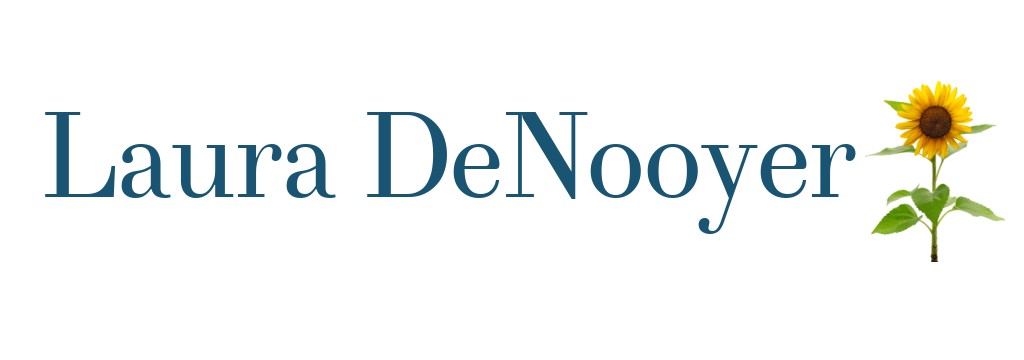
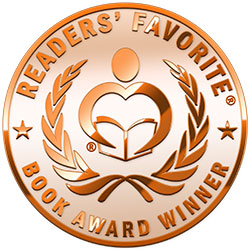
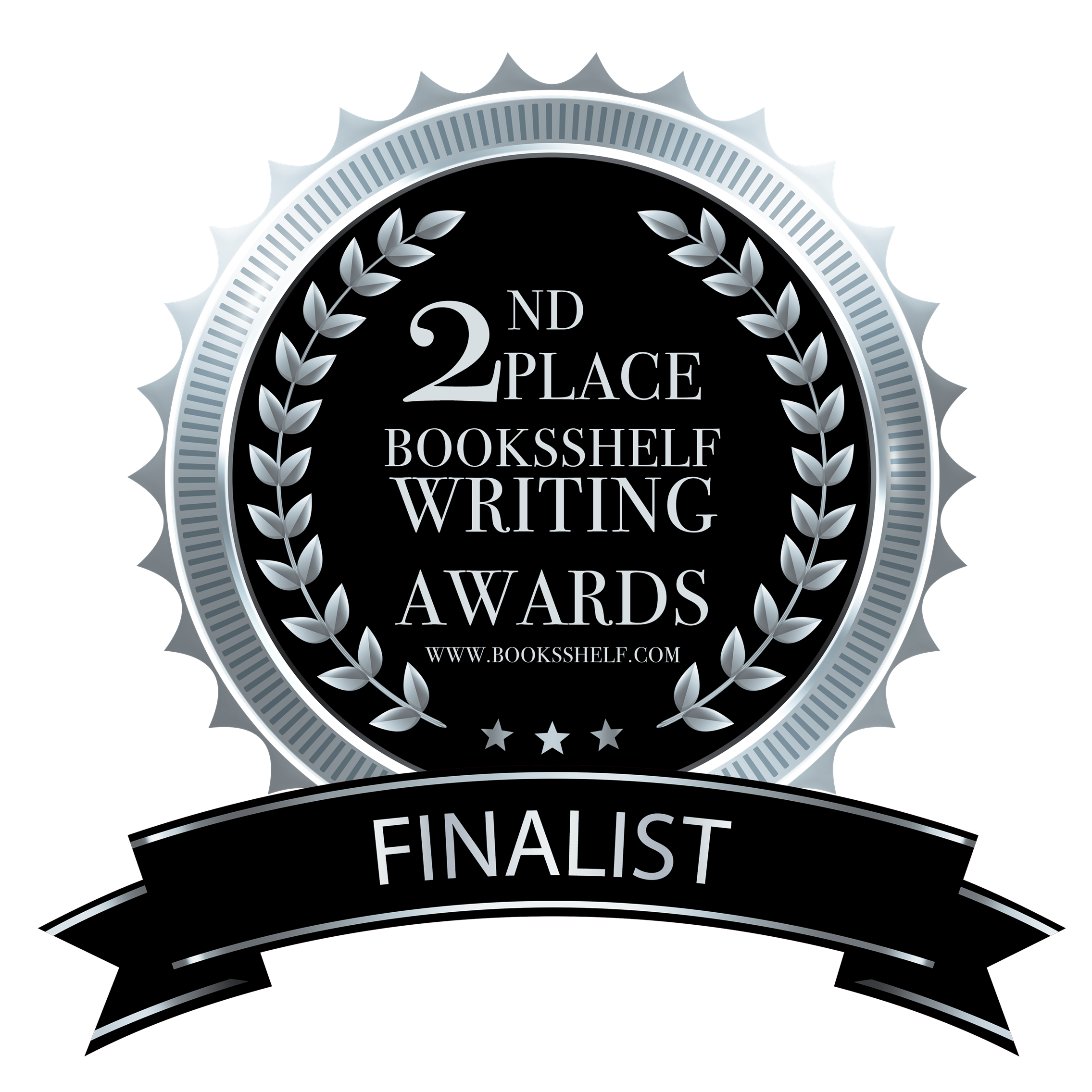










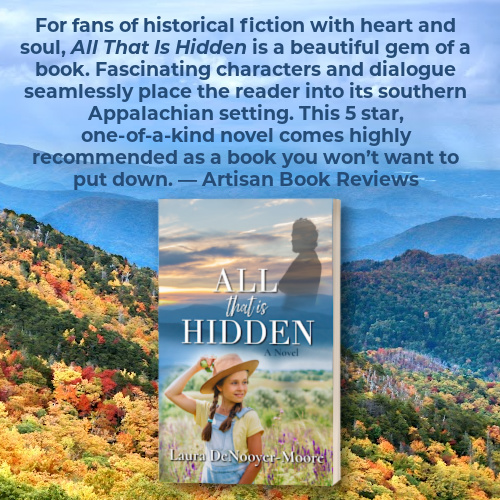







Interesting interview! I read some biblical fiction in grade school from our little school library.
I wish I could remember the titles! Probably not classics, but intriguing for this bookworm!
And The Robe! My mom was worried that the depiction of some miracles as more of natural occurrences might affect my faith. (Like the feeding of the five thousand—people shared their lunches because of Jesus’ example)
I read it and I think her warning put me on guard. I enjoyed it but took it with a grain of salt.
Angela sounds like a writer with a work ethic and creative vision worth emulating!
However, I’m trying to imagine a day I make enough off my writing to set aside a retirement fund. Maybe enough for a few pizzas!
I loved the movie The Robe. Much later, I read the book too. I usually always like the book better, but in this case, I preferred the movie. (As to why–that’s for another time.) Thanks for sharing, Anita! I do hope you’ll delve into Angela’s books sometime.
Such an interesting interview! Angela is an amazing author and student of writing and history. I admire her doctorate in Biblical studies and theology. I’m anxious to read this book.
Her doctorate in Biblical studies and theology surely informs and impacts her Biblical fiction. I hope you read the book soon!
Angela certainly knows how to write a great book. Her academic achievements add to the quality of her writing. While I have not read The Daughter of Rome it looks very good. On my shelf I have her book, Risen. My brother-in-law gave it to me. He bought extra copies to share with others.
I guess I’ll have to add Risen to my own TBR pile!
Thank you for this interview, Laura. So appreciated!
I’m honored to host you. Thank you for your participation.
I’ve only started reading biblical fiction in the past few years. I agree with Angela Hunt’s comment that it helps readers, “see what life must have been like in those days and for those characters.”
This novel sounds very interesting and I’ll be adding it to my list. Thanks for featuring it on your blog.
I hope you get to read it soon! It’s a powerful story.